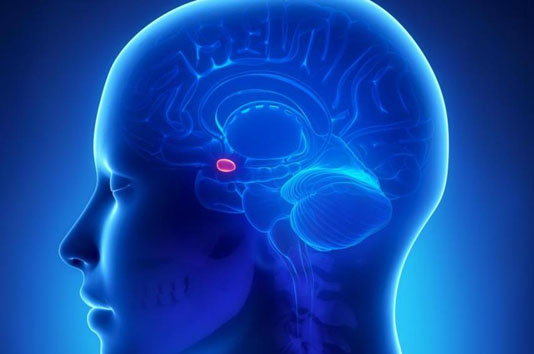BEIJING, Dec. 16, 2018 (BSS/XINHUA) – Public awareness of the impact of
autism has been increasing, but there are still many aspects of the disease
that are poorly understood by doctors and scientists. Chinese researchers
have made a breakthrough by finding the functions of an important gene in
brain development, and that its deficiency can cause autism.
Autism spectrum disorder (ASD) has been recognized as a highly heritable
brain developmental disorder. It is characterized by deficits in social
communication and interactions, as well as stereotyped, repetitive behaviors
and restricted interests.
Sh3rf2 is a protein coding gene. Previous studies showed that it is often
expressed at high levels in tumor cells. Deletion mutation of Sh3rf2, which
has lost one copy and is left with a single functional copy of the gene, has
been detected in autistic patients.
However, the role of Sh3rf2 in brain function and the underlying mechanism
of how it functions remains unknown.
In experiments done on mice, researchers from the Chinese Academy of
Sciences and the Beijing Normal University deleted one copy of the Sh3rf2 and
found that the mutation led to typical autism-related behaviors.
Mice with the mutation displayed hyperactive behaviors in their home cages,
such as continuous jumping or fighting with litter mates, repetitive digging
and spontaneous seizures.
Further study showed that the Sh3rf2 mutant could cause disturbances and
abnormal neuronal structures and functions in the left-brain hemisphere.
The human brain is divided into two hemispheres, called the left and the
right hemisphere. Each hemisphere provides a different set of functions,
behaviors and controls. The right hemisphere is often called the creative
side, while the left is logical side, essential for the function of language.
Failure to develop normal language comprehension is an early sign of
autism. Accordingly, left hemisphere dysfunction is often seen in autistic
patients, said Xu Zhiheng, lead author and researcher with the academy’s
Institute of Genetics and Developmental Biology.
“These abnormalities occurred only in the left side of brain, and our
findings were consistent with functional magnetic resonance images in
autistic children,” Xu said.
Until now, only a few ASD genes had been confirmed in animal models.
Researchers think the study could help people to find out the causes of the
disease and develop new drugs.
The research was published in the international journal Cell Reports
earlier this month.



